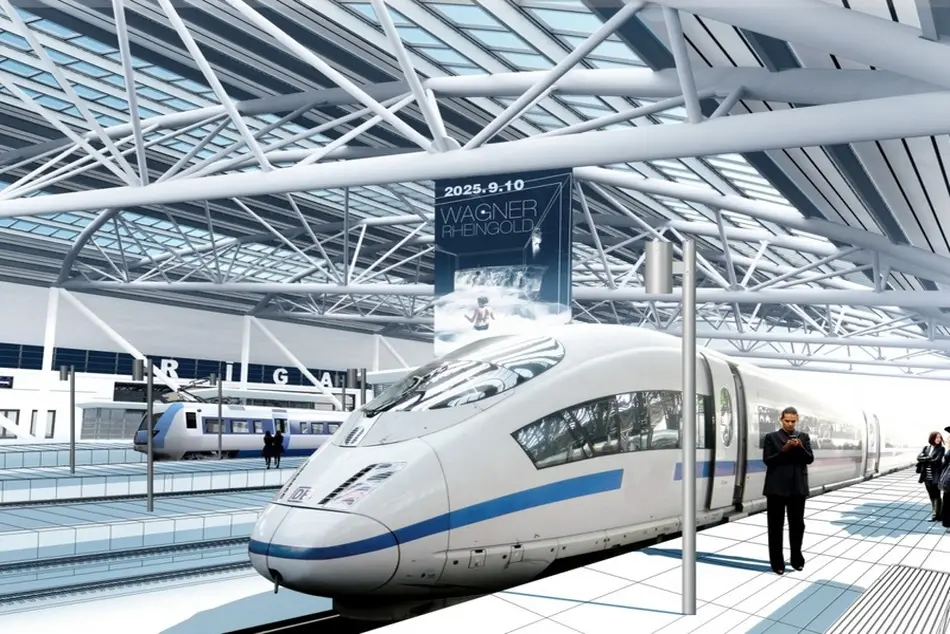ERTMS deployment still a ‘patchwork’, finds EU audit

A new report from the European Court of Auditors has found that implementation of the European Union (EU) wide railway signalling system known as the European Rail Traffic Management System (ERTMS) is still at a low level, representing a ‘patchwork’.
The report also found that many infrastructure managers and railway undertakings are reluctant to invest in the system due to the cost involved in the project, as well as lack of an individual business case.
European Court of Auditors member Ladislav Balko said: “The current situation puts at risk not only the achievement of the deployment targets set for 2030 and investments made so far, but also the realisation of a single railway area as one of the European Commission’s major policy objectives.
“In addition, it may adversely affect the competitiveness of rail transport as compared with road haulage.”
ERTMS has been designed to replace the different railway signalling systems across Europe with a single system that will allow uninterrupted train movement through different countries.
The EU allocated nearly €1.2bn within its budget between 2007 and 2013 in order to help member states install the system.
The auditors visited six EU-member countries to assess the overall progress of work. They found that no overall cost estimate was performed to establish the necessary funding and its sources, while the legal obligations outlined in the plan did not include the decommissioning of existing national systems.
In the report, the auditors also made multiple recommendations to the European Commission and the member states, as well as the European Union Agency for Railways.
The recommendations covered a variety of areas, including the decommissioning of national signalling systems, the compatibility and stability of the system, the role and resources of the European Union Agency for Railways, in addition to the alignment of national deployment plans and other segments.